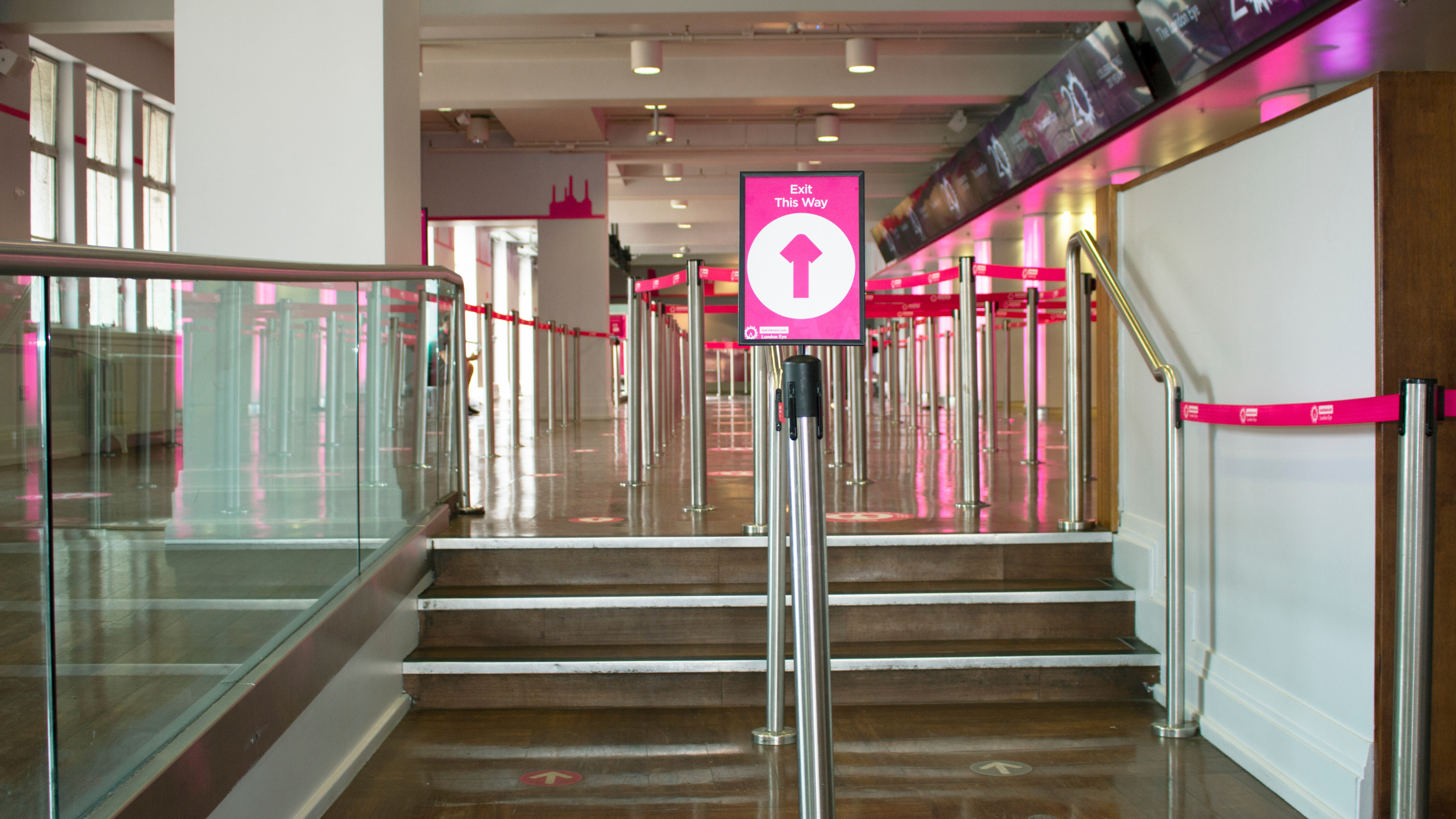- Home
- Sectors
- Solutions
- Tensabarrier®
- Tensator® Charging Stations
- Tensamedia® Wayfinding and Signage
- Lawrence® Post & Rope
- Tensator® Airport Passenger Guidance System
- Electronic Queuing – eQ™
- Tensaguide® Modular Barrier System
- Tensator Micam Protection – TMP
- Safety Solutions
- Access Control
- In-Queue Merchandising
- Virtual Queuing – VQMS
- Tensator® Virtual Assistant
- Custom & Bespoke Solutions
- Resources
- About
- Contact Us
- Shop
 English (English)
English (English)
Chip Cards – How to Avoid Holiday Shopping Checkout Frustration
16
Dec

Over the past few months, chip technology, or EMV cards, have become the security standard for credit and debit cards. These chips provide an extra level of security, virtually eliminating the opportunity for fraud. But, while everyone is aware of the enhanced security features of the new chip technology, there is a hidden cost—added wait time.
The deadline for US merchants to transition to chip reading technologies was on October 1—but not all retailers have had the opportunity to make the switch. For those who have been able to upgrade, there hasn’t been much time between the deadline and holiday shopping season to get used to the new systems, let alone train all staff accordingly. This lack of training may leave staff members unable to quickly show customers how to use their new chip technology when checking out, resulting in unwanted additional wait time.
Past that, there is a larger problem with chip technology. The act of dipping the card takes longer than the original magnetic strip swiping, causing significant delays for each consumer during checkout. While on any ordinary shopping day this sort of wait time may not cause major issues, the busy holiday shopping season can cause a plethora of issues for both customers and retailers.
While it’s important to maintain a good flow throughout the year, to avoid conflict, retailers must pay special attention to this over the holiday period.
So, what can you do?
Retailers need to make up for the additional wait time caused by the new EMV cards. This starts with creating an organized traffic flow throughout the store. Organize your queue and make use of every square inch of your retail space. Also, prepare your staff as well as possible, from in-store assistance to checkout.
When it comes time to checking out, one of the most important steps retailers can take is creating an inviting and entertaining queue. Take advantage of the additional time— try placing sale items in line to keep consumers engaged and entertained. Those consumers who are browsing while waiting may be less likely to become impatient and unruly.
Another step you can take is to consider using an electronic queue management system. This can effectively help manage your customer wait time, regardless of EMV delays. Your customers will know they are in a fair “first come, first served” situation, virtually eliminating the risk of angry consumers.
Most importantly, pay attention to every aspect of the customer journey—from the entrance to the checkout. If everything is prepared and organized as well as possible, there will be fewer opportunities for problems, and the few additional minutes of waiting may not create a make or break situation this holiday season.



